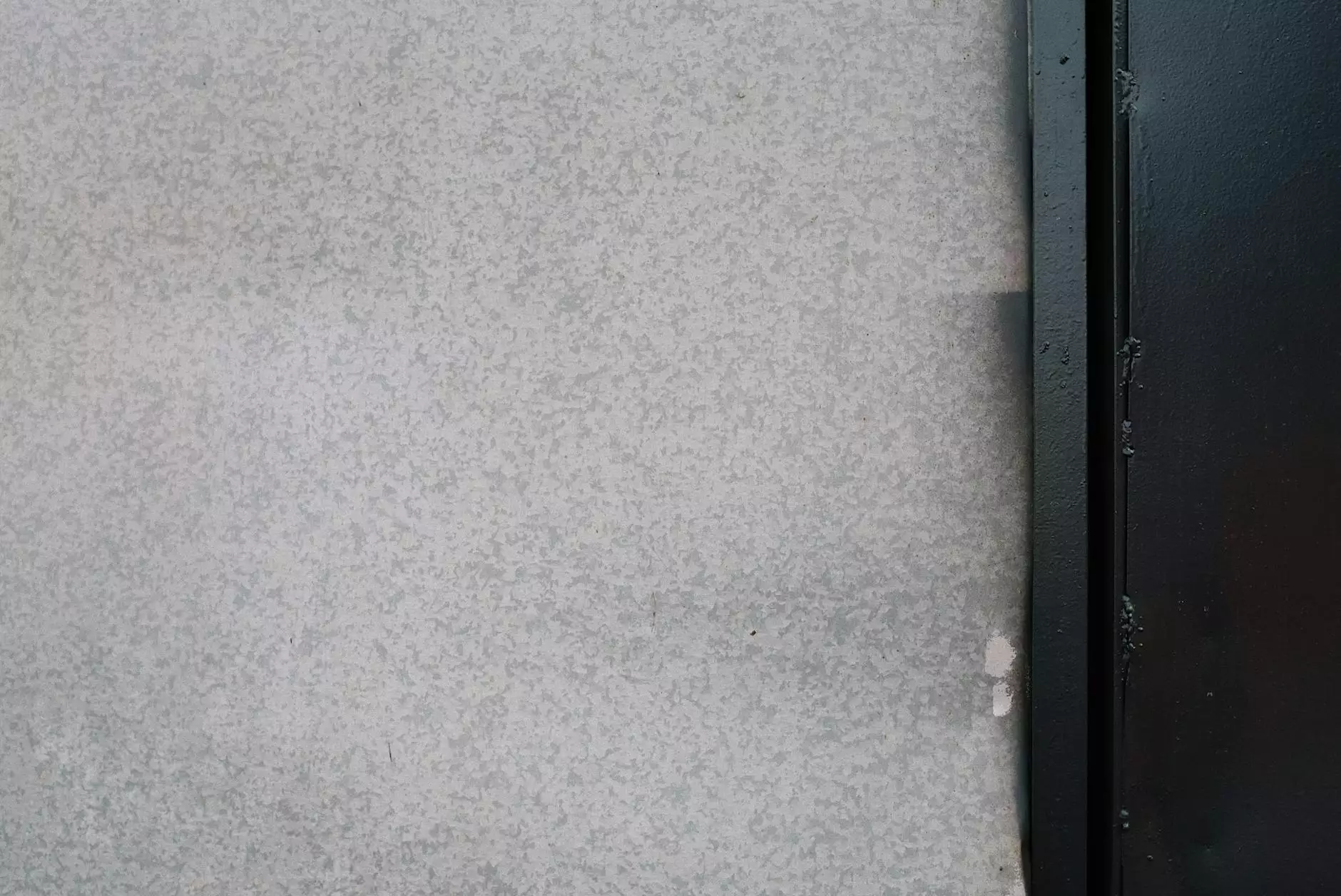Definition of the term Subfloor
About
Welcome to Nicholas Home Inspection & Consulting, your reliable source for comprehensive consulting and analytical services in the business and consumer services industry.
Understanding Subfloor: A Crucial Element in Construction
In the realm of construction, a subfloor is an essential component that plays a significant role in ensuring the durability and stability of a structure.
A subfloor refers to the layer of flooring material that is installed directly over the joists, serving as a solid foundation for the finish floor. It acts as a support system, providing structural integrity and distributing loads evenly across the entire flooring surface.
The Importance of a Well-Constructed Subfloor
Building a well-constructed subfloor is vital for several reasons:
- Stability: A sturdy subfloor creates a stable base for the flooring materials, preventing excessive movement and minimizing the risk of cracks or squeaks.
- Moisture Protection: It acts as a barrier, protecting the floor from moisture infiltration, which can lead to mold growth, rot, and overall damage.
- Insulation and Soundproofing: A properly insulated subfloor helps maintain consistent indoor temperatures and reduces noise transmission between floors.
- Longevity: A high-quality subfloor significantly increases the lifespan of the overall flooring system, ensuring its durability in the face of regular wear and tear.
Types of Subfloor Materials
Various materials are commonly used for subfloor construction. The choice of material depends on factors such as the type of structure, budget, and specific requirements.
1. Plywood
Plywood is one of the most widely used subflooring materials due to its strength, dimensional stability, and availability. It is typically made from thin layers of wood veneers that are glued together with their grains at right angles to each other, enhancing its strength and flexibility.
When selecting plywood for subflooring, it is crucial to choose a proper grade, such as BCX or CDX, which indicates its durability and ability to withstand moisture. Additionally, ensure proper installation with adequate fasteners to maintain its structural integrity.
2. Oriented Strand Board (OSB)
As an alternative to plywood, OSB has gained popularity in recent years. It is composed of compressed wood strands and resin, resulting in a strong and durable subfloor material.
OSB offers advantages such as enhanced moisture resistance and greater dimensional stability. It is also more cost-effective compared to plywood, making it an attractive option for many construction projects.
3. Concrete
In some structures, concrete serves as the subfloor material. This is common in basements and areas where moisture can be an issue.
A concrete subfloor provides excellent stability and resistance to moisture. It requires professional installation to ensure proper curing and the use of appropriate reinforcement, such as steel bars, to prevent cracking and improve strength.
Subfloor Preparation and Installation
Proper subfloor preparation and installation are crucial to achieve optimal results. Here are important steps to follow:
- Clear the area: Remove any existing flooring, debris, and dust. Ensure the subfloor area is clean and free from any obstructions.
- Inspect for damage: Examine the joists and subfloor for any signs of damage, decay, or structural issues. Repair or replace damaged sections as necessary.
- Leveling: Ensure the surface is level and even. Use a leveling compound or shims to correct any unevenness.
- Moisture barrier: Install a moisture barrier, such as a plastic sheet or specialized underlayment, to protect against moisture-related issues.
- Subfloor installation: Follow the manufacturer's guidelines for installing the chosen subfloor material. Use appropriate fasteners and ensure proper spacing between panels to allow for expansion.
- Sealing and finishing: Seal the edges and joints of the subfloor to prevent moisture infiltration. Finish the subfloor with appropriate adhesives or underlayment, depending on the type of finish flooring to be installed.
Trust Nicholas Home Inspection & Consulting for Subfloor Analysis
At Nicholas Home Inspection & Consulting, we specialize in providing comprehensive analysis and consulting services for subfloors across various types of structures.
Our experienced team of professionals has a deep understanding of subflooring systems and is equipped with advanced tools and techniques to assess their quality and condition. We offer detailed reports and expert recommendations to ensure that our clients can make informed decisions.
Whether you are a homeowner, contractor, or real estate professional, our services can help you identify any issues or potential risks associated with subflooring, allowing for early intervention and cost-effective solutions.
Contact us for Expert Subfloor Inspection and Consulting
If you require expert subfloor inspection, analysis, or consulting services, don't hesitate to reach out to Nicholas Home Inspection & Consulting. We are committed to providing the highest level of professionalism, accuracy, and customer satisfaction.
Visit our website today or call us at [phone number] to schedule a consultation or learn more about our services.




